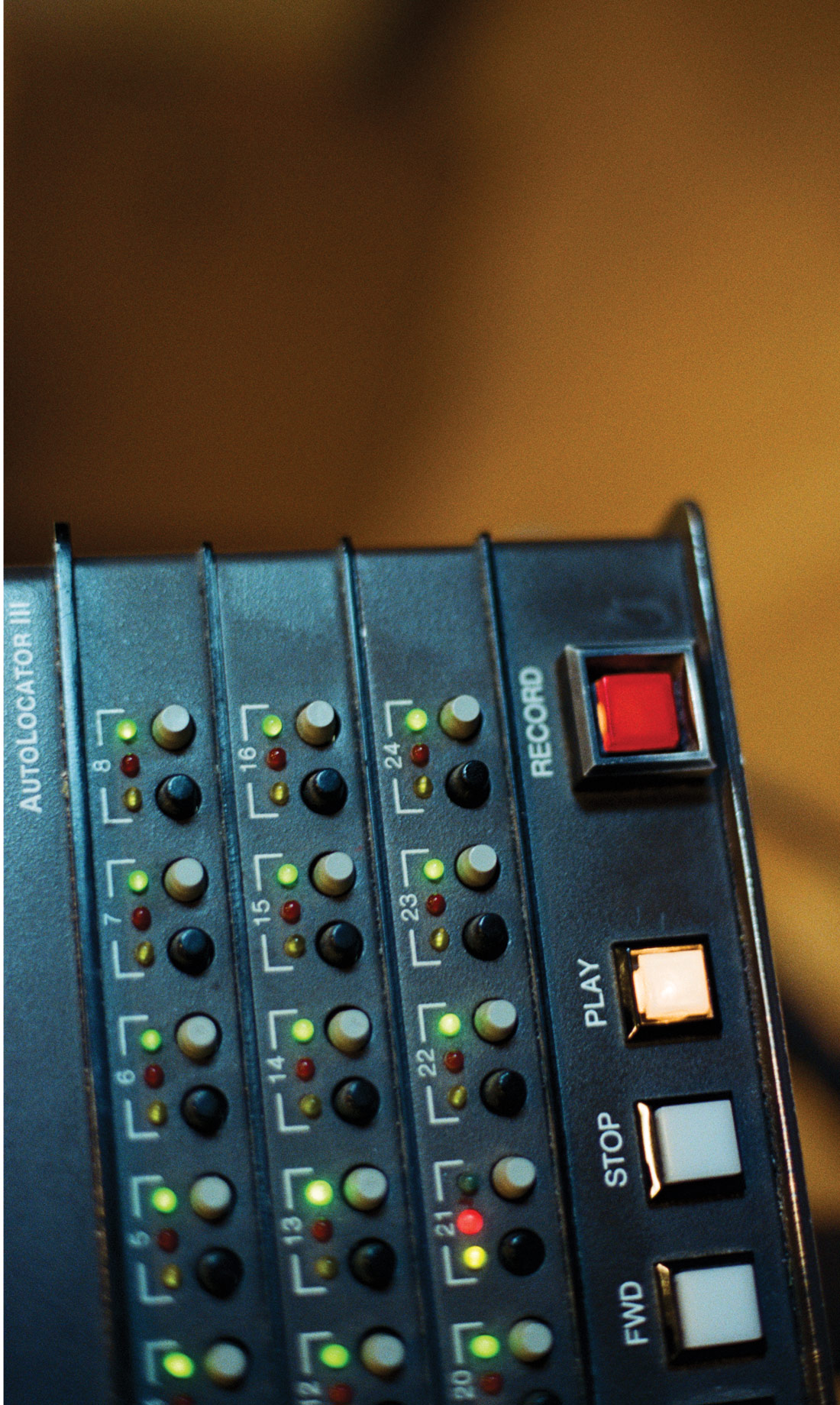Even though the format has been around for decades, there has been an explosion of products in the last few years produced for the 500-series format. About the only thing that hasn't been shoved into one is a pair of nearfield monitors. This popularity is a good thing, because it means that you can get a good deal of outboard gear in a small footprint, without having to pay for individual chassis and power supplies for each unit. Since there are an increasing number of control rooms that don't include a traditional console, mic preamps and EQs are really popular products for this format.
When I was setting up a second production room, I was looking for a musical sounding 500-series EQ. I saw a product announcement from a company that I hadn't heard of -S&M Audio. (By the way, when you do a Google search to find this company, you get some "interesting" suggestions before you type the word "audio.") That unfortunate reference aside, this is a new, small company that was started by two guys that actually spend their time as audio engineers. It's a story we've heard before. A couple of guys build a product for their own use, then a couple of other people hear it and like it. Pretty soon they're getting pressure from others to build more units and sell them. Fortunately for us, this story has a happy ending. They did decide to build and sell the EQSM1.
So is this EQ revolutionary? Well, no. However, it is really great sounding, very musical, and not ridiculously expensive. First, let's start with the details. It is a 4-band semi-parametric EQ, with two sweepable mid-bands, and high and low-shelving bands with switchable frequencies. It also has a high-pass filter fixed at 50 Hz. When looking at this EQ, you get a sense of deja vu. It is laid out exactly like the EQ section of a Trident 80B, and they certainly borrowed from that design. In my book, this is a very good thing. I find the musicality of the 80B EQ to be enormously useful, especially while tracking.
So let me be clear. It is not a clone or an exact copy. They started with the approach of an 80B-inspired design and then fine-tuned the circuitry to be a little more precise. For those who have not used an 80B, let me start by offering some context. The 80B EQ is not surgically accurate. It is not a fine-tuned fully-parametric monster. It has flaws. The two mid bands interact with each other, the amounts of boost and cut are not all that precise, and there is a fair amount of distortion. But... it sounds great. So why not copy it directly? Because their goal was to retain the musicality, but fine-tune the design to be a bit more refined. I think the EQSM1 achieves a good balance of character and control.
What's the circuitry like? Well, I guess I'd say "classic." There are no transformers here. It is electronically balanced. There are also no surface-mount components either. Much like the 80B, it uses TLO71 and 5534 chips. Although the topology is similar, the component values have been tweaked to deliver S&M Audio's take on this classic design. The tolerances have been improved. Whereas the original 80B EQ is a very nice sounding circuit, it's a bit like a bull in a china shop. It's impressive, but there ain't much finesse. The EQSM1 offers a bit more gentle and accurate approach. The width of the boost and cut is a bit narrower, which makes it more usable for cutting problem frequencies. The accuracy of the boost and cut is better. You can actually trust the dB markings on the faceplate. It's also a much cleaner EQ than the 80B. While tracking, I was able to dial in a nice amount of presence and attack on the snare. The sweepable mid band dialed in a nice articulation while a little 12 kHz boost gave a touch of sheen. Even though you are limited to either 8 or 12 kHz on the high-shelving band, it seems to really work. I did not find myself wishing for more choices. Likewise, the choice of either 60 or 120 Hz seemed quite workable as well. Dialing in 60 Hz on a bass guitar while slightly dipping 300 Hz worked wonders. Contouring vocal tracks was relatively easy also. I really appreciated the upper-mid band when cutting electric guitars. A slight boost at about 1 kHz brought out the growl of a Fender Bassman amp very nicely.
I never ran into a situation where I needed to reach for another EQ. If I was doing drastic repair work, I might turn to a fully parametric unit with adjustable Q. But for everyday tracking, the EQSM1 is really great. I personally preferred its character to, for instance, an SSL X-Rack. My only slight complaint is a rather silly one; the screws that secure the knobs to the potentiometer shafts stick out too far. This means that when adjusting a parameter, your finger gets jabbed by the end of an allen bolt. Not a big deal at all, but it would motivate me to take a trip to the hardware store.
I'd like to expound further, but it's really not that complicated. This unit does what they say it does. It's a refinement of a classic circuit, it's a simple design that can handle most of your EQ'ing needs, it's really well built, and it's affordable. For the quality of components used, I'm surprised they're not charging more. ($795 MSRP; sandmaudio.com)
Tape Op is a bi-monthly magazine devoted to the art of record making.




_disp_horizontal_bw.jpg)